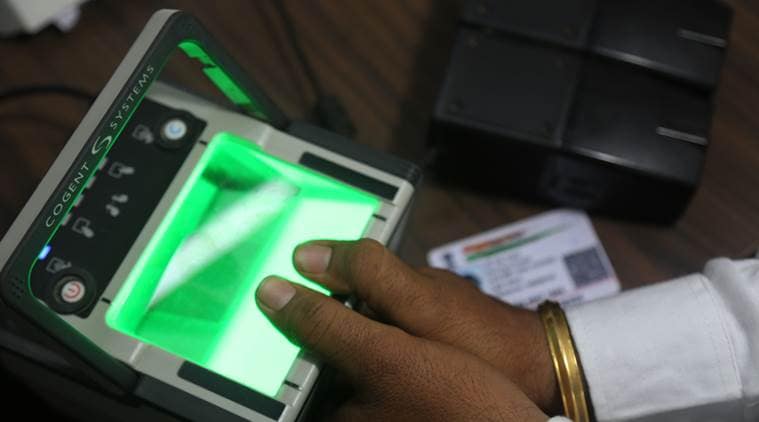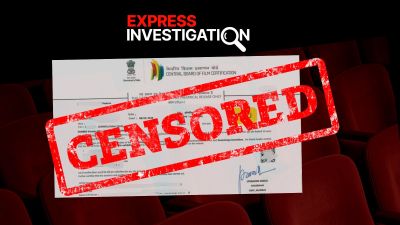Stay updated with the latest - Click here to follow us on Instagram
Forensic law upgrade to include superior tech, fingerprint bank
The Forensic Science Laboratory has sent a supply order for procurement of a dual camera forensic optical comparator, an examination station equipped with high definition cameras that will help compare different sets of fingerprints.
 Officials said the fingerprint database will help clamp down on criminals who forge their identify to commit a crime. (Express photo by Abhinav Saha/Representational)
Officials said the fingerprint database will help clamp down on criminals who forge their identify to commit a crime. (Express photo by Abhinav Saha/Representational)
The Forensic Science Laboratory (FSL) hopes to create a fingerprint data bank to help store prints of criminals — so it’s easier to get a match when they are involved in a crime again. Such a system is used in the US as well as several European countries.
The FSL also hopes to change the way they conduct fingerprint analysis, by automating the system of examination to reduce the probability of human error.
The FSL has sent a supply order for procurement of a dual camera forensic optical comparator, an examination station equipped with high definition cameras that will help compare different sets of fingerprints. This was earlier done with the help of a magnifying glass, officials said.
“The (dual camera) system will be introduced in the FSL’s fingerprints unit. This will help us compare fingerprints from thousands of sets to ascertain the right match. We have sent the supply order to the firm concerned and it will be supplied in one month. This is a larger effort to set up a fingerprint database, along the lines of the DNA database,” FSL director Deepa Verma told The Indian Express. The system is along the lines of the one used in the UK.
Officials said the fingerprint database will help clamp down on criminals who forge their identify to commit a crime.
“There are cases of people getting released from jail and committing a crime on a forged identity. In such cases, if his fingerprint has been uploaded to the database, he would be caught after cross-verification,” an official said.
Sanjeev Kumar Gupta, assistant director and in-charge of crime scene management at FSL, said most cases of fingerprint analysis pertain to “forgery of cheque books, property documents and, sometimes, examination cards”.
The earlier process of fingerprint analysis involved digital photography of the fingerprint by a forensic photographer, which would later be magnified on a computer to three times the normal size and examined as part of an eight-point match test.
“While studying a fingerprint sent by the police, the examiner has to match at least eight patterns of ridges and furrows of the fingerprint to that of the specimen print of the accused,” said Gupta.
Officials said it would take a three-member team several days to come up with the final report following the eight-point match test. “But with automation, it would take an assistant a matter of hours to make the report,” said Rajnish Kumar Singh, assistant PRO (FSL).







